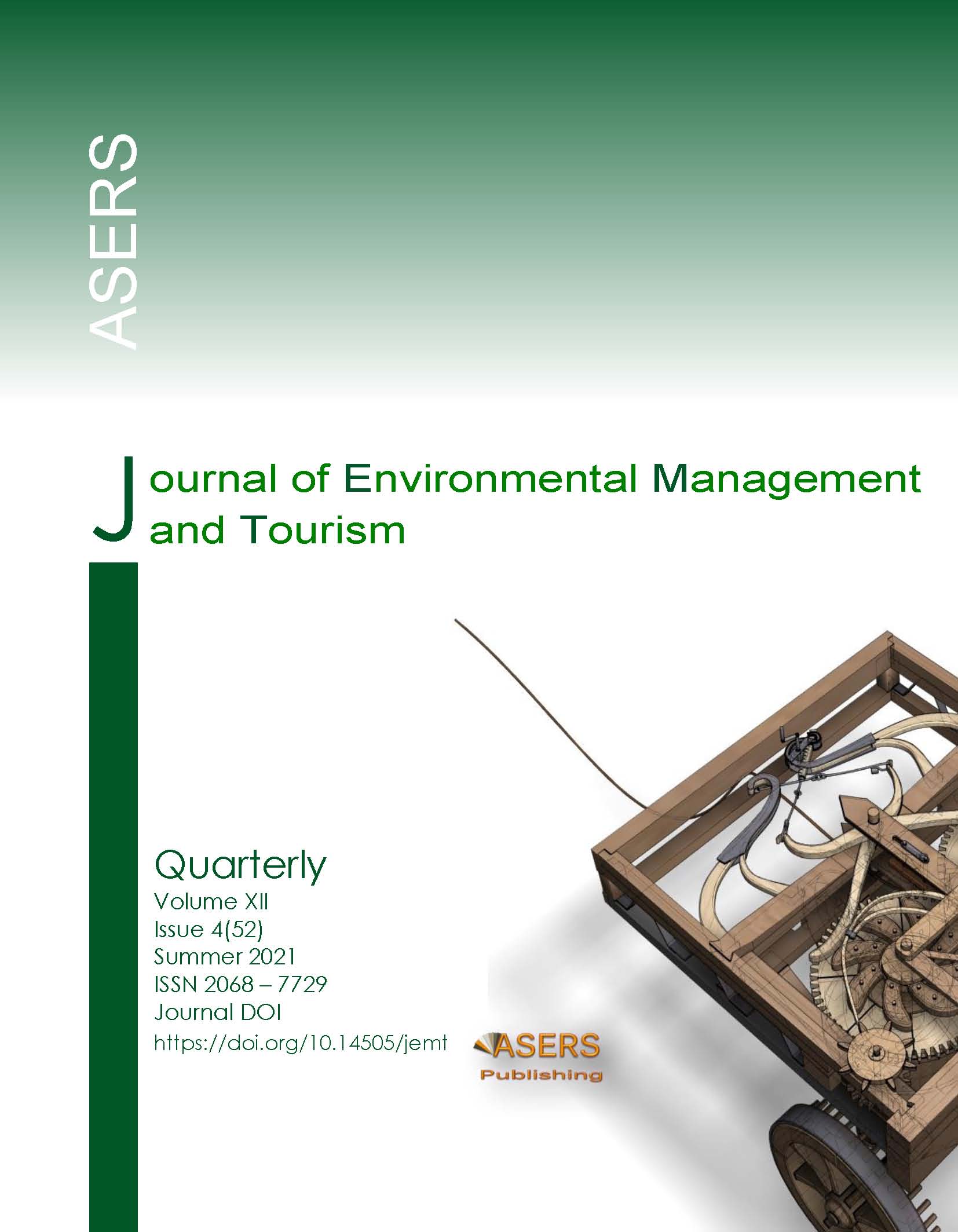Biodiversity of Birds in Urban Green Space for Support Ecotourism activities in Valaya Alongkorn Rajabhat University Thailand
Abstract
Bird watching is one of the attractive ecotourism activities for travelers and nature enthusiasts, which rapidly growing in Thailand. This study aims to: (1) explore bird diversity in various green spaces in ValayaAlongkorn Rajabhat University (VRU); and (2) examine which bird species dominates the study areas. Bird data were collected using point count techniques in two sessions; early morning, and late afternoon, at VRU from May 2020 to April 2021. Frequency of occurrence value (FQ) was analyzed for classifying status groups of birds in the VRU. Order Passeriformes was numerically the dominant order in our study area, with 22 species (47.7% of total represented species), while the other bird orders were the least dominant, represented by 1 to 5 species in range. A total of 47 species of birds belonging to 29 Families and 12 Orders were recorded. During this study, significantly, the highest bird richness was recorded in agriculture areas (35 ± 2.3 SD), followed by the species from recreation areas (27 ± 1.8 SD) and natural wetland (17 ± 1.7 SD) (P>0.05). Five migrant bird species and 35 resident species were observed, and 10 bird species were recorded in both the seasonal status as migrant and resident species. Most of the bird species are listed as of least concern, while only one species, Mycteria leucocephala, are listed as near-threatened. Nine bird species are classified as common species in the VRU with > 80 % of frequency of occurrence. The pattern of bird diversity in the VRU in general follows the natural condition of green area space in the VRU. Typical characteristics of birds, their habitat and appearing period can develop bird-watching objects, which become interesting attractions for travelers and nature enthusiasts, promoting ecotourism development and efforts to conserve bird diversity.
References
[2] Callaghan, C.T., Richard, E.M., Mitchell, B.L., John, M.M., Richard, T.K. 2018. The effects of local and landscape habitat attributes on bird diversity in urban greenspaces. Ecosphere Anesa Open Access Journal. vol-9(7). DOI: http://doi.org/ org/10.1002/ecs2.2347.
[3] Chan, R., Bhatta, DK. 2013. Ecotourism planning and sustainable community development. Theoretical perspectives for Nepal. South Asian Journal of Tourism and Heritage. vol. 6 (1). https://www.academia.edu/download/31163907/Microsoft_Word.
[4] Diamantis, D. 2010. The concept of ecotourism: evolution and trends. Current Issues in Tourism, vol, 2(2)93-122. DOI:http://doi.org/10.1080/13683509908667847.
[5] Gatesire, T., Nsabimana, D., Nyiramana, A., Seburanga, J.L., Mirville, M.O. 2014. Bird diversity and distribution in relation to urban landscape types in Northern Rwanda. The Scientific World Journal, DOI:http://doi.org/10.1155/2014/157824.
[6] Hakim, L. 2017. Managing biodiversity for a competitive ecotourism industry in tropical developing countries: New opportunities in biological fields. In AIP Conference Proceedings. vol-1908(1) DOI:http://doi.org/10.1063/1.5012708.
[7] Johnson, D.H. 2001. Habitat fragmentation effects on birds in grasslands and wetlands: a critique of our knowledge. Great Plains Research, vol-11(2):211-231.
[8] Kiros, S., Afework, B., Legese. K. 2018. A preliminary study on bird diversity and abundance from Wabe fragmented forests around Gubre subcity and Wolkite town, Southwestern Ethiopia. International Journal of Avian & Wildlife Biology, vol-3(5): 333-340.
[9] Lepczyk,C.A., Aronson, M.F.J., Evans, K.L., Goddard, M.A., Lerman, S.B., MacIvor, J.S. 2017. Biodiversity in the city: fundamental questions for understanding the ecology of urban green spaces for biodiversity conservation. BioScience. vol-67(9):799–807. DOI: http://doi.org/10.1093/biosci/bix079.
[10] Mansor, M.S., Sah, S.A.M. 2012. Foraging patterns reveal niche separation in tropical insectivorous birds. Acta Ornithologica, vol-47 (1): 27-36. DOI: http://doi.org/10.3161/000164512X653890.
[11] Maxim, C. 2016. Sustainable tourism implementation in urban areas: a case study of London. Journal of Sustainable Tourism, vol-24(7), 971–989. DOI:http://doi.org/10.1080/09669582.2015.111551.
[12] Peh, K.S.H., Sodhi, N.S., de Jong, J., Sekercioglu, C.H., Yap, C.A.M., Lim, S.L.H. 2006. Conservation value of degraded habitats for forest birds in southern Peninsular Malaysia. Diversity and Distributions, 12: 572-581. DOI: http://doi.org/10.1111/j.1366-9516.2006.00257.x.
[13] Puhakka, L., Salo, M., Saaksjarvi, I.E. 2011. Bird diversity, birdwatching tourism and conservation in Peru: a geographic analysis. PLoS One, vol-6(11). DOI: http://doi.org/10.1371/journal.pone.0026786.
[14] Sekercioglu, H.C. 2006. Increasing awareness of avian ecological function. Trends in Ecology and Evolution. vol-21(8):464-471. DOI: http://doi.org/10.1016/j.tree.2006.05.007.
[15] Tanalgo, K.C., Pineda, J.A.F., Agravante, M.E., Amerol, Z.M. 2015. Bird diversity and structure in different land-use types in lowland south-central Mindanao, Philippines. Tropical Life Sciences Research, vol-26(2):85-103. PMID: 26868712; PMCID: PMC4729410.
[16] Treesucorn, U., and Limparungpatthanakij, W. 2018. Birds of Thailan. Lynx and BirdLife International Field Guides. Lynx Edicions, Barcelona, Spain. 452 p.
[17] Whelan, C.J., Wenny, D.G., Marquis, R.J. 2008. Ecosystem services provided by birds. Annals of the New York Academy of Sciences, vol-1134(1), 25-60. DOI: http://doi.org/10.1196/annals.1439.003.
Copyright© 2025 The Author(s). Published by ASERS Publishing 2025. This is an open access article distributed under the terms of CC-BY 4.0 license.
